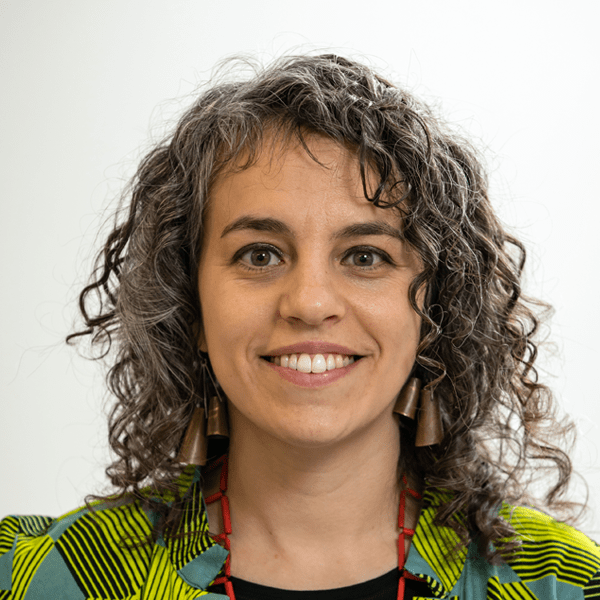
Susie Silbert talks about Thomas Buechner’s Corning ‘79 “New Glass method” of selectors.
2:37Susie Silbert talks about Thomas Buechner’s Corning ‘79 “New Glass method” of selectors. Oral history interview with Susie Silbert by Catherine Whalen, February 25, 2020, Bard Graduate Center. Clip length: 02:36.
Susie Silbert: So I chose the idea of having a panel of selectors, and I also chose the notion of putting their initials on it. Not at all out of originality, but really out of this reverence for the method, this new glass method that was innovated by the museum’s founding director, Tom Buechner, for Glass 1959, and then carried forward through New Glass Worldwide Survey, and then in every year of New Glass Review. And I think it was really a stroke of brilliance that he came up with a notion—having a panel, a panel of selectors, and not just that, but to make sure that they were not this disembodied voice. This word from on high, but to even in the 1959 show delineate their choices with their initials. And—as the more that I researched that process, the more that I thought that it was really important for a couple of reasons. In this 2019 show for me, what’s really important is to create new opportunities, new entries into the field of contemporary glass, which can be seen—can seem like a closed circuit, and I want the field to be bigger. I want people to come in, and so I think that by putting not just the selectors’ initials but their full names, and not only their full names, but actual quotes from them as the gallery text, what I hope is that the people that come to visit the exhibition see that they don’t have to like everything, which most exhibitions you sort of feel like you’re supposed to because they’re the result of his curatorial research practice. But here, I am showing that maybe sometimes only one person selected the thing and so if you don’t like it, you don’t—that’s fine. You’re doing it—you’re doing it right. That’s part of it. And then the other reason is, it would be so much easier—it really would’ve been so much easier for me to curate an exhibition by myself of 100 works that I think encapsulate contemporary glass as it is right now. It would’ve been much more straightforward, I would’ve had it done earlier, but at the same time it would’ve been so much easier to dismiss because it was just my viewpoint. But inviting a range of other people who I chose for their differences of approach and also the way they overlap with me, I could ensure that we have a much more—a much richer, a much more varied, layered perspectives on what contemporary glass is, and I think that makes it a much stronger statement. It makes it a much more important exhibition. It’s more than I could say on my own.